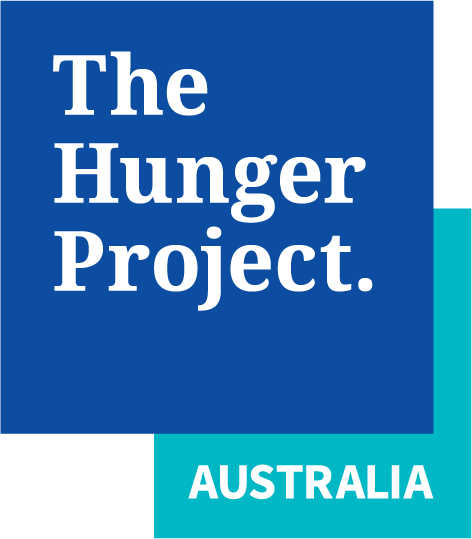Adequate water, sanitation and hygiene is essential for human health. Each year, hundreds of thousands of adults and children die from diseases introduced via unsafe water, inadequate sanitation, or poor hygiene. Currently, 2.2 billion people around the world are currently living without access to a safe water source. As a result, water-borne diseases like diarrhea, cholera and dysentery, all potentially fatal conditions, are pervasive. In fact, hundreds of thousands of children die each year from water-borne diseases alone.
Empowering women
In our program countries, women in particular bear the brunt of the lack of availability to clean and safe water. Charged with transporting water, women and girls often walk kilometres per day to fetch water. Each time a woman sets out for a distant water source, she runs the risk of encountering violence along the way. Reliable access to clean, close water reduces that risk, empowers women with the time and security to invest in family and community development and gives girls the opportunity to attend school.
Combatting climate change
Moreover, with the majority of the world’s fresh water supply devoted to agriculture, effective water conservation techniques are essential. The vast majority of people living in extreme poverty live in rural areas and are dependent primarily on agriculture and related activities for their livelihood. The well-being of these smallholder farmers is closely tied to the natural environment, highly vulnerable to environmental destruction, water shortages and climate change.
The Hunger Project works to empower rural communities to ensure increased access to clean water and improved sanitation, the development of new water sources, and the implementation of water conservation techniques.
What We Do
- Build water and sanitation capacity. Establishing water project boards made up of community leaders who are trained by experts on how to monitor, maintain and repair water systems; training people in the use and repair of water pumps and generators; and training a core of local leaders in water safety and purification so they can lead workshops throughout the community and expand grassroots knowledge.
- Develop new sustainable water sources. Empowering local communities to drill new wells and boreholes and repair existing ones; build and repair water towers; and construct water troughs for livestock.
- Ensure a reliable supply of clean water. Providing equipment and training for testing and pumping water; empowering communities to build and repair toilets in homes, schools and public spaces; and lobbying local governments to devote public resources to water infrastructure projects.
- Implement water conservation techniques Mobilising communities to initiate drip irrigation projects, which minimise the use of water and fertiliser by allowing water to drip slowly to the roots of plants, and to develop water catchment systems, which collect rainwater from a roof or other surface before it reaches the ground and store it for future use.
- Build sanitation programs. Good hygiene is more than a convenience; waterborne illness is a leading cause of childhood deaths around the world. The Hunger Project training and capacity-building projects improve living conditions and save lives.
Feature image credit: Johannes Odé
